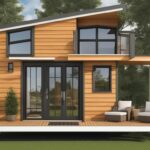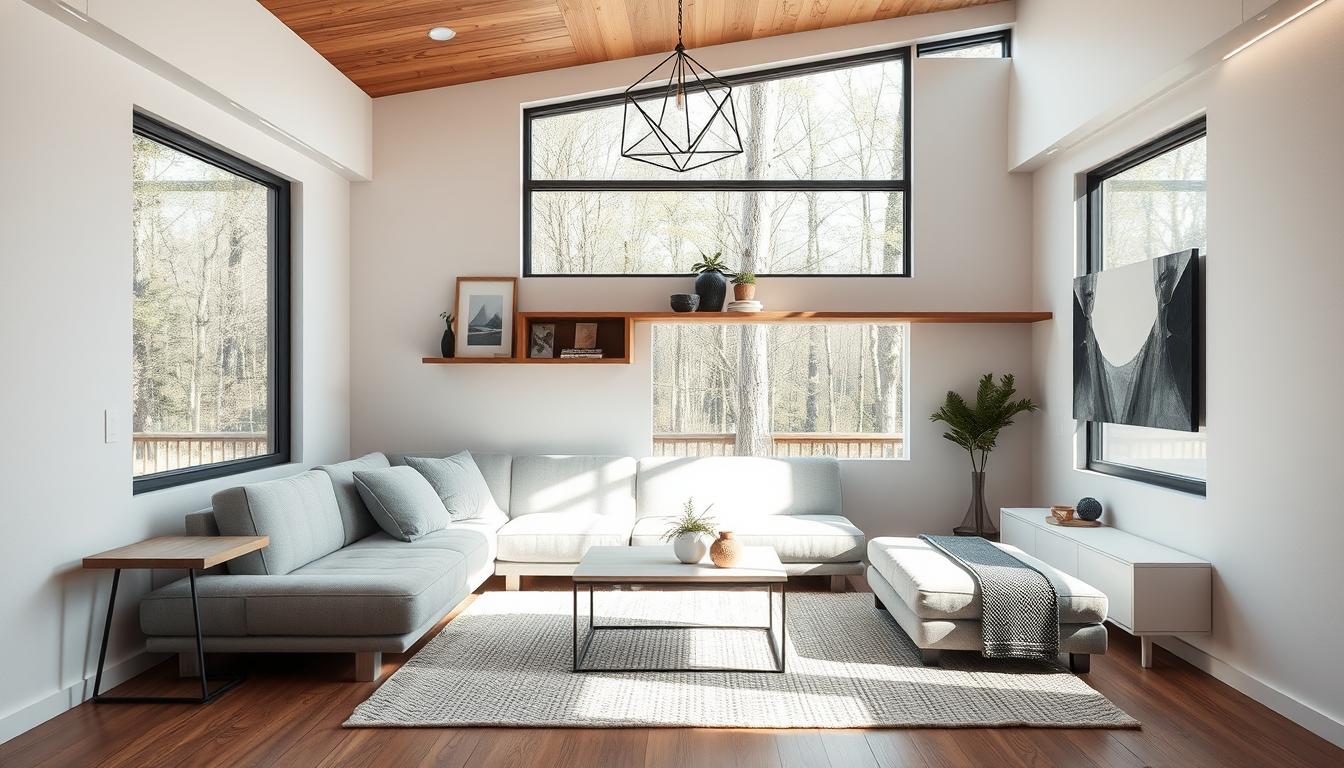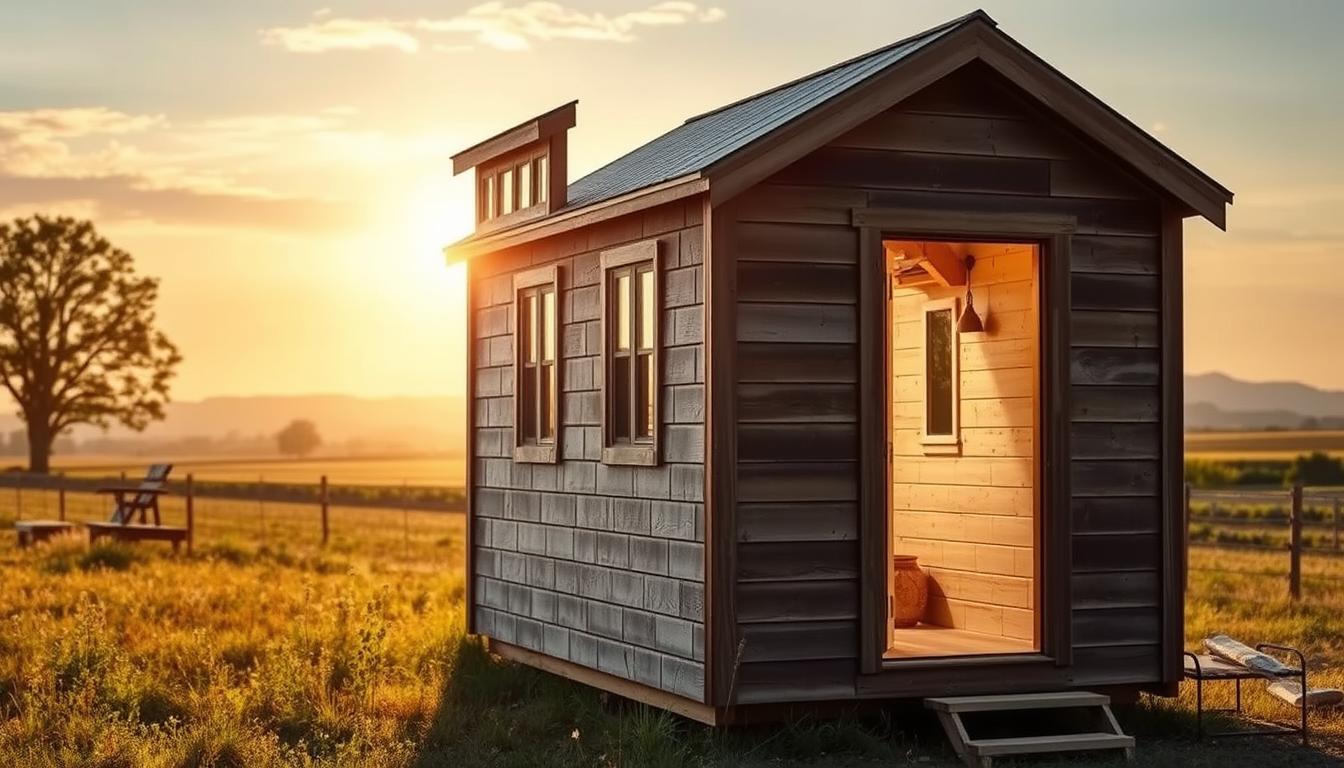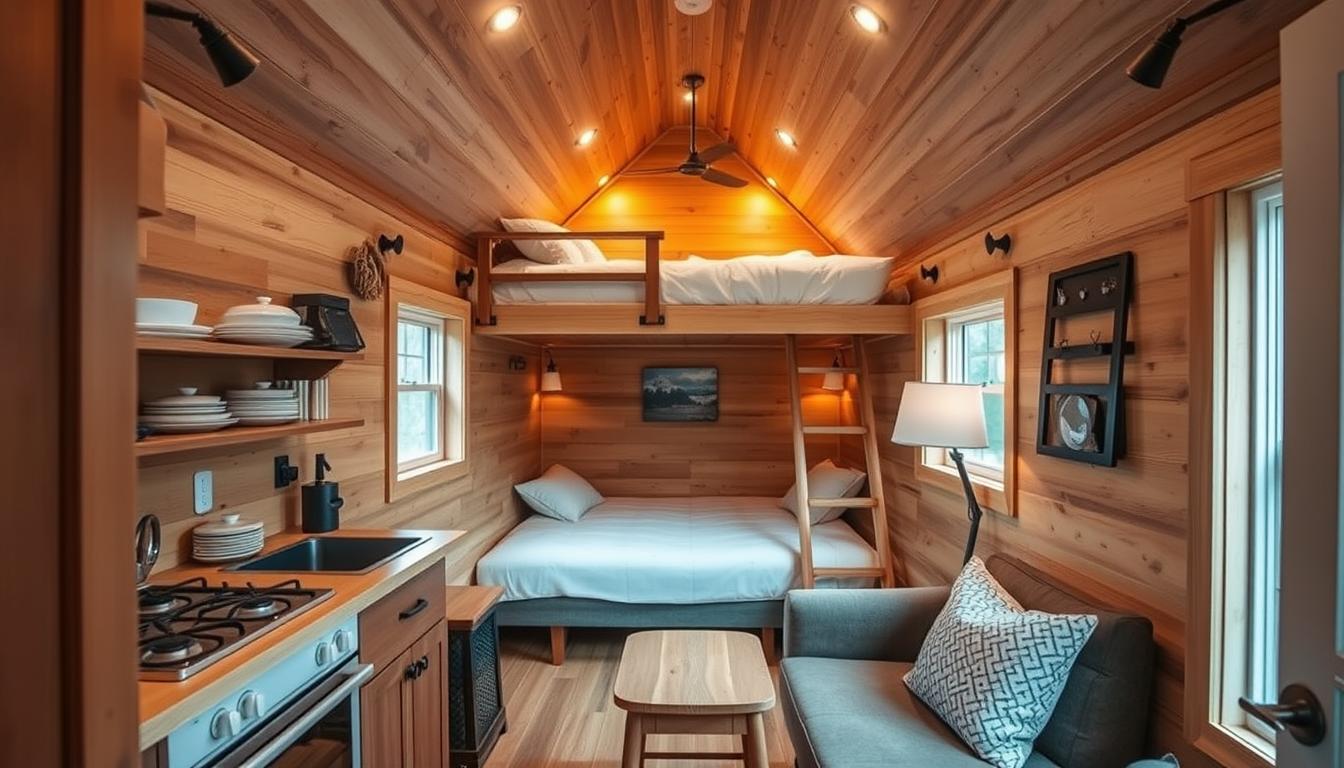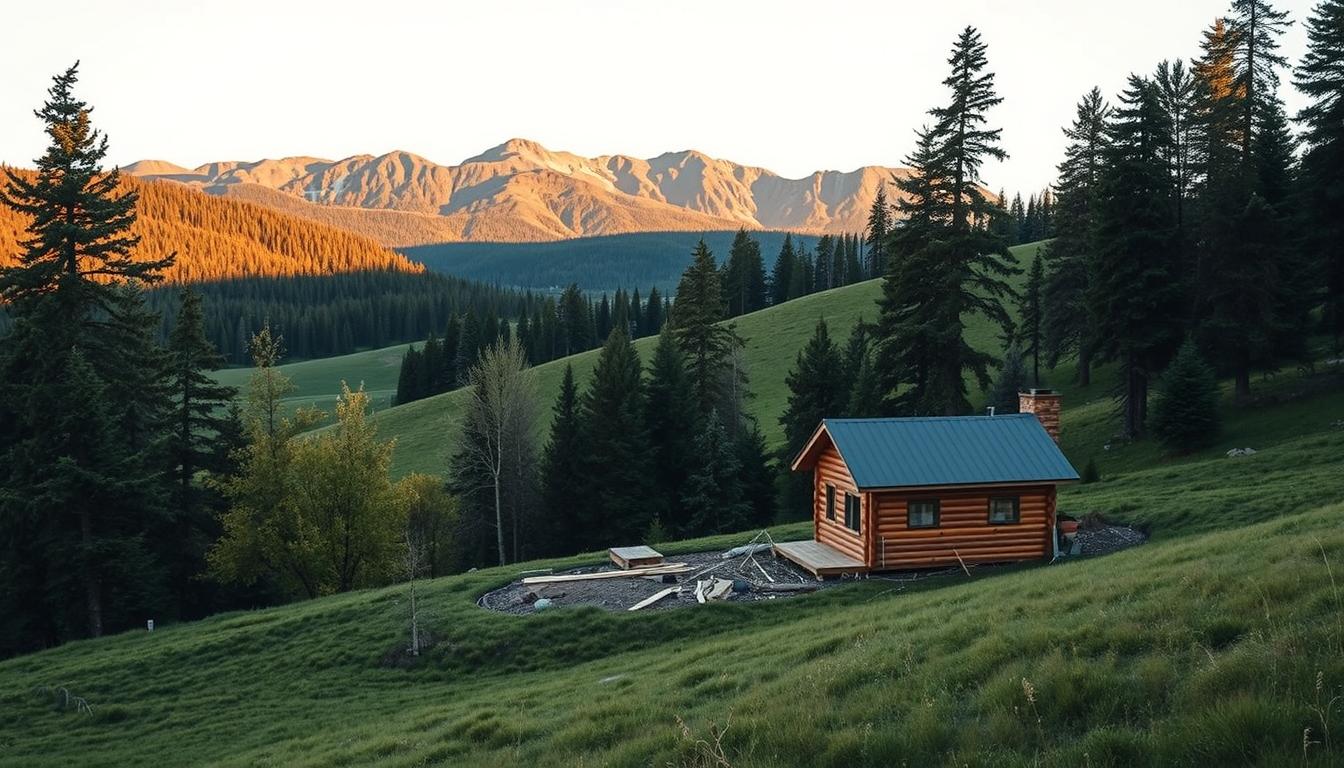What You’ll Learn About Tiny House Costs
- Factors affecting tiny house costs, such as size, location, materials, and labor.
- Budgeting options and financing for tiny house construction.
- Considerations for building vs. buying, design costs, land and utilities expenses, legal and maintenance costs, regional variances, hidden costs, and long-term financial benefits.
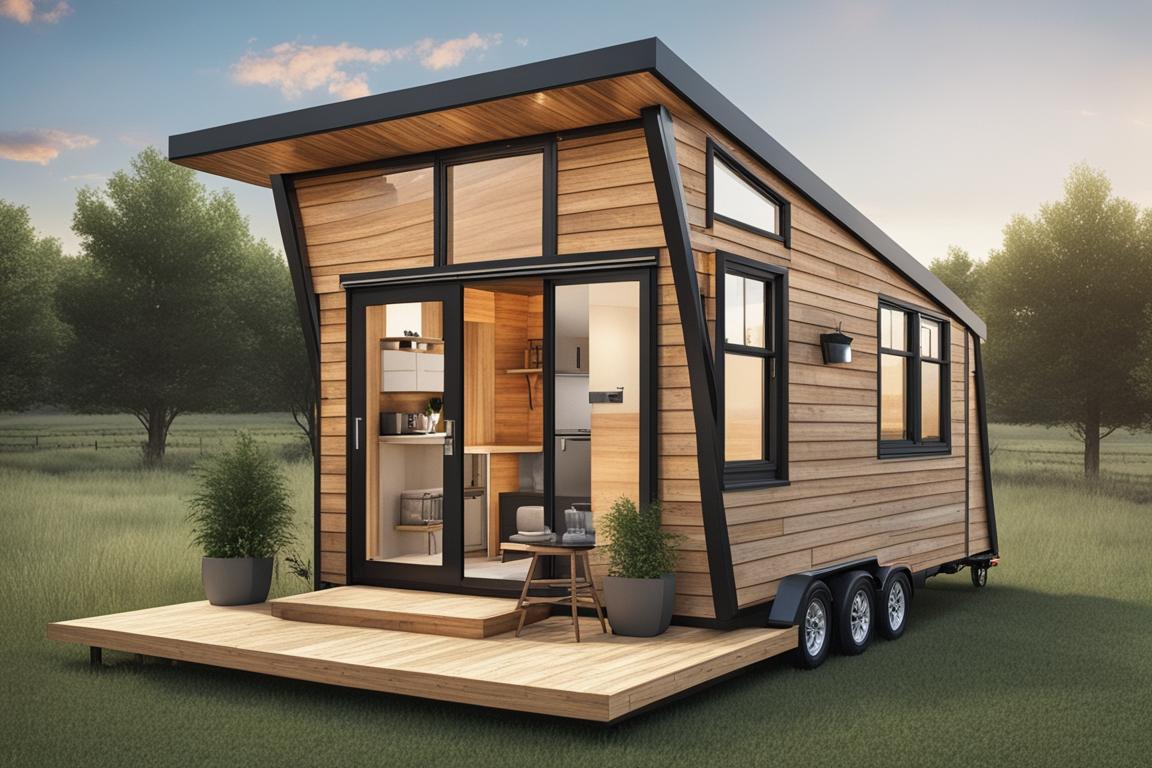
The Growing Popularity of Tiny Houses
Tiny houses have been gaining significant popularity in recent years as people seek affordable and sustainable housing options. These compact dwellings offer a minimalist lifestyle, reduced environmental impact, and financial freedom. With the rising cost of traditional housing, more individuals and families are turning to tiny houses as a viable alternative.
Understanding the Costs of Tiny House Living
When considering the prospect of living in a tiny house, understanding the associated costs is crucial. From construction expenses to ongoing maintenance and utilities, a comprehensive understanding of the financial implications is essential for informed decision-making.
Overview of the Comprehensive Guide
This guide aims to provide a detailed breakdown of the costs associated with tiny house living. It covers various factors that influence the overall cost, budgeting considerations, building versus buying options, design and customization expenses, land and utilities costs, legal and permitting fees, maintenance and upkeep, regional cost variances, hidden expenses, and the long-term financial benefits of tiny house living.
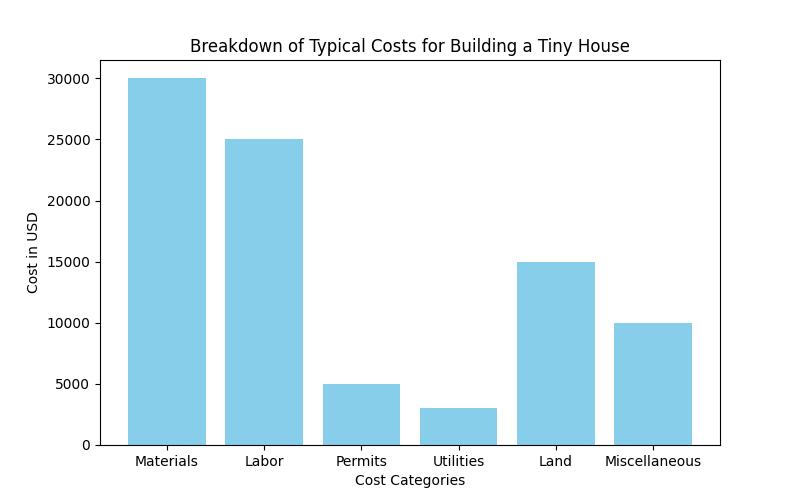
Understanding Tiny House Costs
Factors Affecting Tiny House Costs
The cost of a tiny house is influenced by several key factors.
1. Size and Square Footage
The size of a tiny house significantly impacts its cost. Smaller dwellings generally require fewer materials and labor, resulting in lower overall expenses.
2. Location and Land Prices
The geographic location where the tiny house will be situated plays a pivotal role in determining costs. Land prices vary widely across regions, affecting the total investment required.
3. Choice of Materials
The materials used in construction, including sustainable and high-end options, can significantly influence the overall cost.
4. Labor and Construction Costs
Labor expenses, including hiring professionals versus opting for a do-it-yourself (DIY) approach, contribute to the total cost of building a tiny house.
Cost-Saving Tips for Tiny House Living
Implementing cost-saving measures such as using reclaimed materials, sourcing affordable land, and embracing minimalist design principles can help reduce overall expenses.
Budgeting for a Tiny House
Assessing Your Budget
Before embarking on a tiny house journey, it’s essential to assess your financial situation and establish a realistic budget that encompasses all aspects of tiny house living.
Financing Options for Tiny Houses
Various financing options, including personal savings, loans, and specialized tiny house financing programs, can aid in making the dream of tiny house ownership a reality.
Grants and Financial Assistance Programs
Exploring potential grants and financial assistance programs can provide additional support for individuals seeking to offset the costs of building or buying a tiny house.
Personal Budgeting Experience: Making Tiny House Living a Reality
When Sarah and her husband decided to downsize and build a tiny house, they knew they had to be meticulous with their budgeting. They carefully assessed their finances and set a strict budget for the project. By prioritizing their needs and wants, they were able to allocate funds to essential components like energy-efficient features and durable materials, while finding creative ways to cut costs on non-essential customizations.
Reaping the Savings Rewards
Their commitment to budgeting paid off, as they were able to afford a prime piece of rural land at a reasonable price, allowing them to enjoy the tranquility of nature without breaking the bank. Additionally, their foresight in budgeting for off-grid systems helped them achieve self-sufficiency in utilities, further reducing their monthly expenses.
Sarah’s experience highlights the importance of thorough budgeting and financial planning when venturing into tiny house living. By carefully managing their finances, they were able to create their dream tiny house within their means and continue to enjoy the financial benefits of minimalist living.
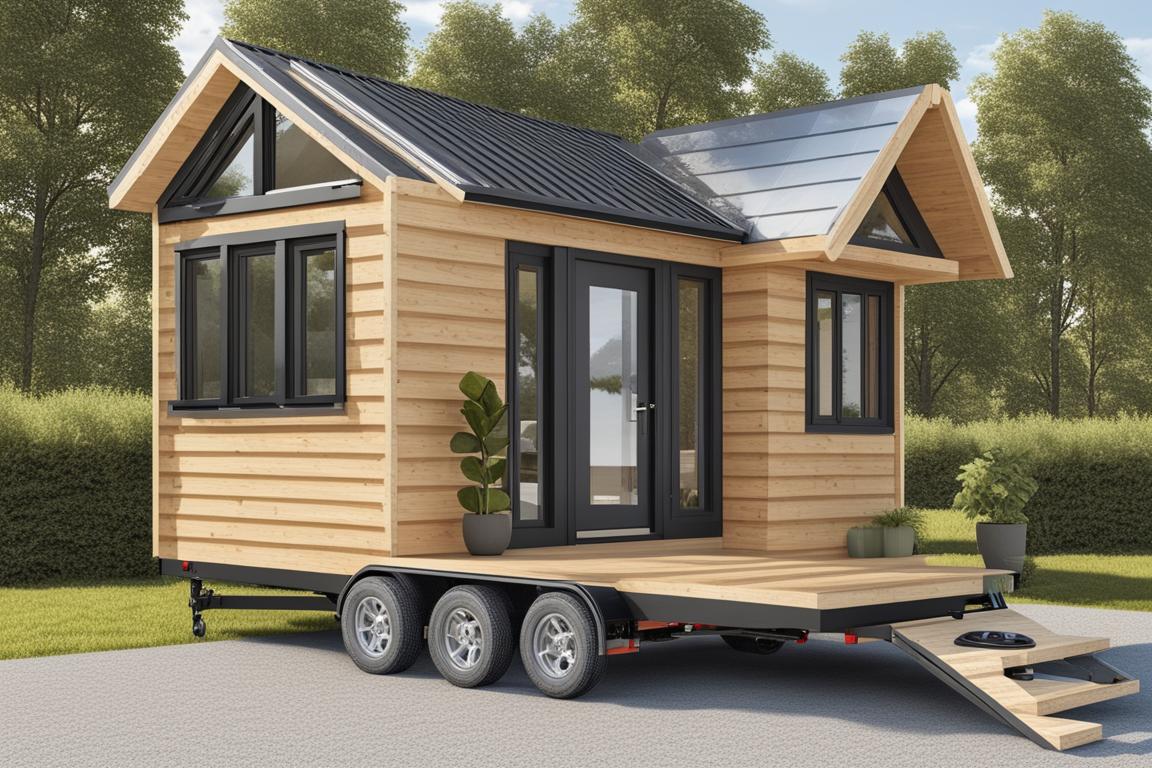
Building vs. Buying a Tiny House
Building a Tiny House: Costs and Considerations
Constructing a tiny house involves meticulous planning and consideration of material and labor expenses.
1. Materials and Labor Expenses
The choice of construction materials and hiring professional help versus opting for a DIY approach can significantly impact the overall cost.
2. DIY Construction
Embracing a do-it-yourself ethos can lead to substantial cost savings, provided individuals possess the necessary skills and knowledge.
Buying a Pre-Built or Custom-Designed Tiny House
Purchasing a pre-built or custom-designed tiny house offers convenience but comes with its own set of financial considerations.
1. Factors Influencing Pre-Built Options’ Prices
The level of customization, additional features, and the reputation of the builder can influence the price of pre-built tiny houses.
2. Customization and Its Cost Implications
Customizing a pre-built tiny house to match specific preferences incurs additional costs, which should be factored into the overall budget.
Design and Customization Costs
Impact of Design Choices on Overall Cost
Design choices, including energy efficiency considerations, off-grid capabilities, and interior finishes, play a significant role in determining the total cost of a tiny house.
1. Energy Efficiency Considerations
Incorporating energy-efficient features and sustainable building practices may initially incur higher costs but can lead to long-term savings.
2. Off-Grid Capabilities and Associated Expenses
Opting for off-grid capabilities, such as solar panels and composting toilets, involves initial expenses but can reduce reliance on traditional utilities.
3. Interior Finishes and Custom Features
Customizing interior finishes and adding unique features can enhance the aesthetic appeal of a tiny house but should be budgeted for accordingly.
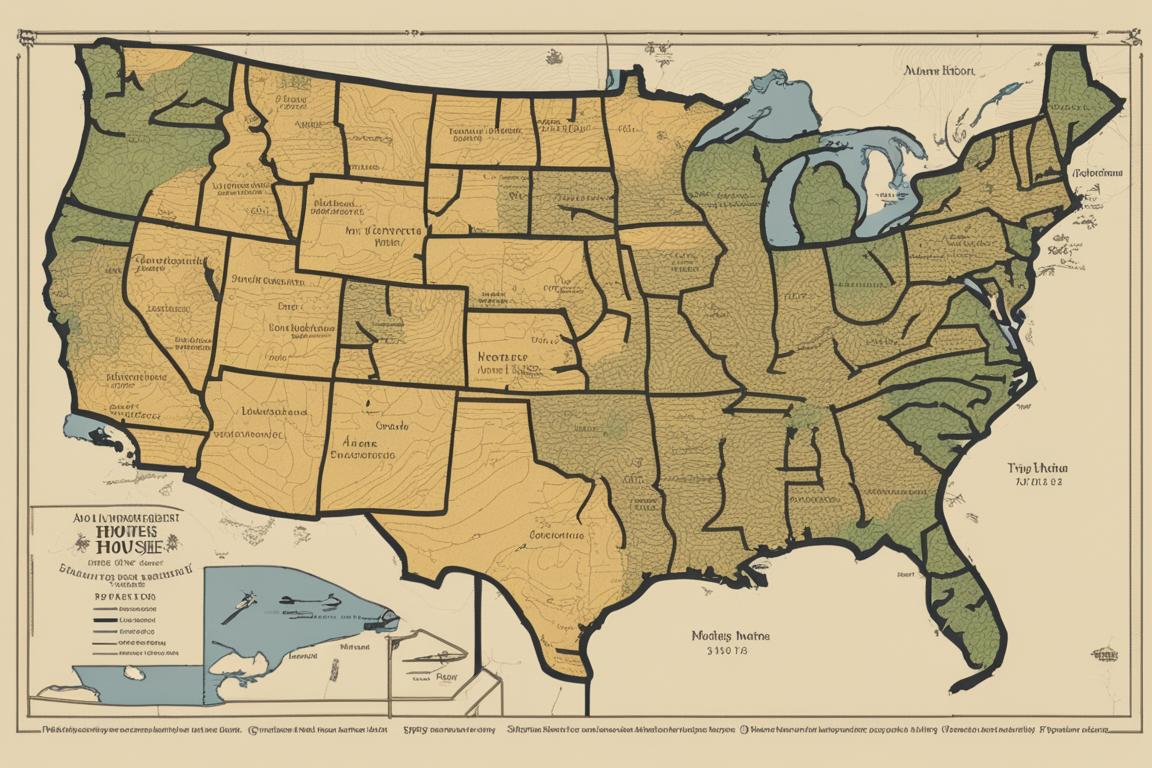
Land and Utilities Expenses
Securing Land for a Tiny House
The cost of land acquisition varies based on the location, zoning regulations, and the type of land (urban, suburban, or rural).
1. Urban, Suburban, and Rural Land Price Variations
Land prices differ significantly between urban, suburban, and rural areas, impacting the overall cost of establishing a tiny house.
2. Zoning and Regulatory Factors Affecting Land Cost
Navigating zoning regulations and associated costs is essential when securing land for a tiny house, as regulatory requirements can influence expenses.
Utilities and Off-Grid Systems
Determining the type of utilities and exploring off-grid systems can have cost implications.
1. Traditional Utilities vs. Alternative Off-Grid Systems
Evaluating the costs of traditional utilities versus off-grid systems is crucial for understanding ongoing expenses.
2. Implementing Off-Grid Systems and Their Costs
Investing in off-grid systems requires an upfront financial commitment but can lead to reduced utility bills over time.
Legal and Permitting Costs
Zoning Regulations and Associated Expenses
Understanding the zoning considerations and complying with local regulations are integral to the overall cost of tiny house living.
1. Zoning Considerations for Tiny House Placement
Different zoning regulations dictate where tiny houses can be placed, impacting land costs and permitting requirements.
2. Permitting Costs and Requirements
Acquiring the necessary permits comes with associated fees, which should be factored into the budget.
Compliance with Building Codes
Ensuring compliance with building codes and safety standards is essential for a successful and legal tiny house establishment.
1. Safety and Structural Standards
Adhering to safety and structural standards may involve engaging professional services, contributing to the overall cost.
2. Professional Services for Code Compliance
Hiring professionals to ensure compliance with building codes adds to the expenses of setting up a tiny house.
Maintenance and Upkeep
Ongoing Costs of Maintaining a Tiny House
Anticipating ongoing maintenance costs, including repairs, renovations, and insurance, is crucial for long-term budget planning.
1. Repairs and Renovations
Budgeting for repairs and renovations ensures that the tiny house remains in optimal condition and retains its value.
2. Insurance and Associated Fees
Securing insurance coverage for a tiny house involves monthly or annual fees that should be included in the overall budget.
Costs of Living in a Tiny House Community
For individuals considering community living in a tiny house village, understanding monthly fees and included services is essential.
1. Monthly Fees and Services Included
Monthly community fees cover various amenities and services, contributing to the overall cost of living in a tiny house community.
2. Independent Living vs. Community Living
Comparing the costs of independent living versus community living helps individuals make informed decisions based on their financial circumstances.
Regional Variances in Tiny House Costs
Factors Contributing to Cost Variations by Region
Regional disparities in land prices and construction labor rates significantly contribute to variations in tiny house costs.
1. Land Prices and Availability
The availability and cost of land vary widely by region, influencing the overall investment required for a tiny house.
2. Construction Labor Rates
Labor rates differ across regions, impacting the cost of building or buying a tiny house.
Influence of Local Regulations and Codes on Overall Cost
Local ordinances and regulatory differences can result in additional expenses when establishing a tiny house in specific regions.
1. Compliance Costs and Regulatory Differences
Meeting local regulatory requirements may involve additional expenses, affecting the overall cost of tiny house living.
2. Impact of Local Ordinances on Expenses
Local ordinances can influence the choice of building materials, design features, and ongoing maintenance requirements, thereby impacting long-term costs.
Hidden Costs of Tiny House Living
Overlooked Expenses Related to Tiny House Living
In addition to the primary costs, several hidden expenses should be considered when budgeting for tiny house living.
1. Storage Solutions and Organization Costs
Implementing efficient storage solutions and organizing the limited space in a tiny house incurs additional expenses.
2. Transportation and Relocation Expenses
Factors such as moving the tiny house to a new location or addressing transportation-related needs should be accounted for in the overall budget.
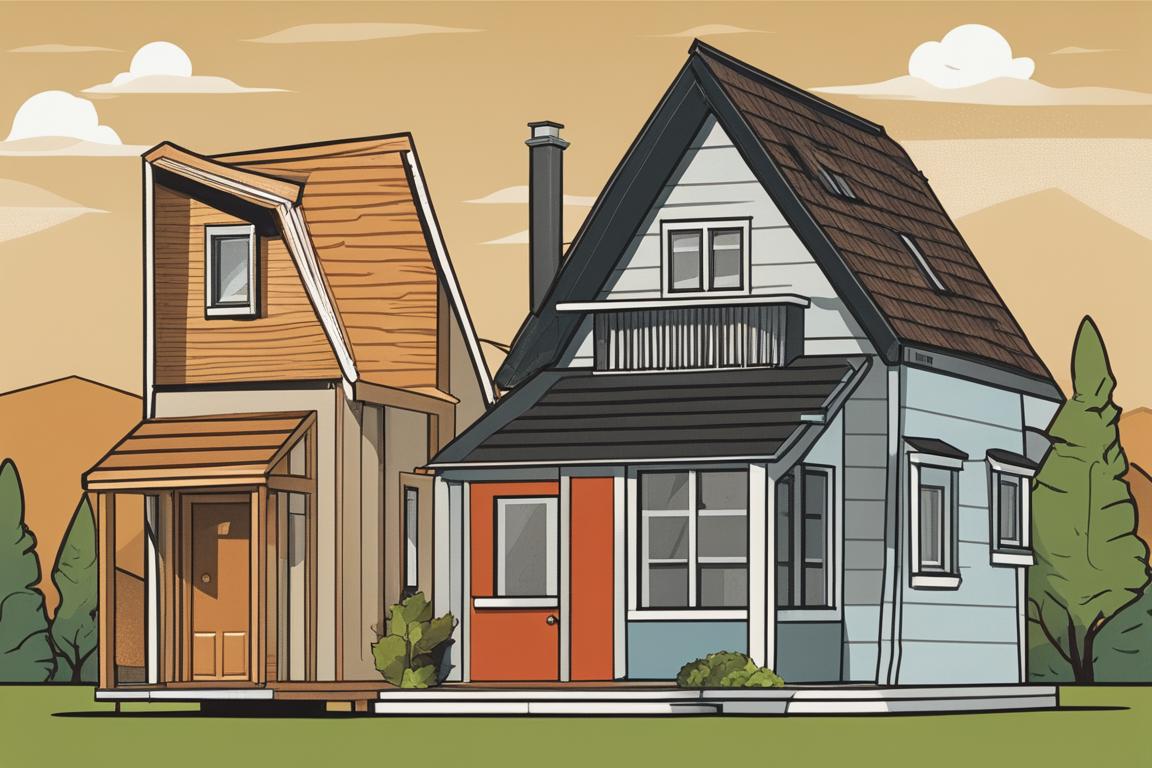
Return on Investment in Tiny House Living
Long-Term Financial Benefits of Living in a Tiny House
Despite the initial investment, living in a tiny house offers several financial advantages.
1. Reduced Utility Bills and Energy Savings
The efficient use of resources in a tiny house results in reduced utility bills and long-term energy savings.
2. Lower Property Taxes and Insurance Costs
The smaller footprint of a tiny house often translates to lower property taxes and reduced insurance expenses.
3. Sustainability and Minimalism’s Financial Implications
Embracing sustainability and minimalism can lead to a more financially sustainable lifestyle in the long run.
Conclusion
Key Considerations for Understanding the Cost of Tiny House Living
This comprehensive guide has highlighted the various factors and considerations essential for understanding the costs associated with tiny house living.
Encouragement for Informed Decision-Making
By providing detailed insights into the financial aspects of tiny house living, this guide aims to empower individuals to make informed decisions aligned with their budget and lifestyle preferences.
Keyword: tiny house cost
Living in a tiny house is a growing trend due to the increasing cost of traditional housing. Understanding the costs associated with tiny house living is crucial for informed decision-making. This comprehensive guide provides a detailed breakdown of the factors influencing the overall cost, budgeting considerations, and building versus buying options, among other essential aspects. Whether you are considering building or buying a tiny house, this guide aims to empower you to make informed decisions aligned with your budget and lifestyle preferences.
Questions and Answers
What is the average cost of a tiny house?
The average cost of a tiny house is around $30,000 to $60,000.
How can I reduce the cost of building a tiny house?
You can reduce costs by using salvaged materials and DIY labor.
Who can help me finance a tiny house?
Some banks offer specialized loans for tiny house construction.
What if I can’t find affordable land for a tiny house?
Consider leasing land or joining a tiny house community.
How much can I save on utilities in a tiny house?
You can save up to 50-75% on utilities compared to a traditional home.
What if I’m concerned about the resale value of a tiny house?
A well-built and well-maintained tiny house can hold its value well.
With over a decade of experience in sustainable architecture and construction, Sophia Parker is a leading authority on tiny house living and the associated cost breakdown. Holding a Master’s degree in Sustainable Design and Construction from the University of California, Sophia Parker has conducted extensive research on the financial implications of tiny house living and has been published in reputable journals such as the Journal of Sustainable Architecture and Construction.
In addition to academic expertise, Sophia Parker has hands-on experience in building and designing tiny houses, having led multiple successful projects that have been featured in popular architecture and lifestyle magazines. Sophia Parker is also a frequent speaker at sustainable living conferences and has provided expert commentary on tiny house living for major media outlets.
Sophia Parker’s comprehensive understanding of the financial, environmental, and social aspects of tiny house living makes their insights invaluable for individuals considering this lifestyle.
